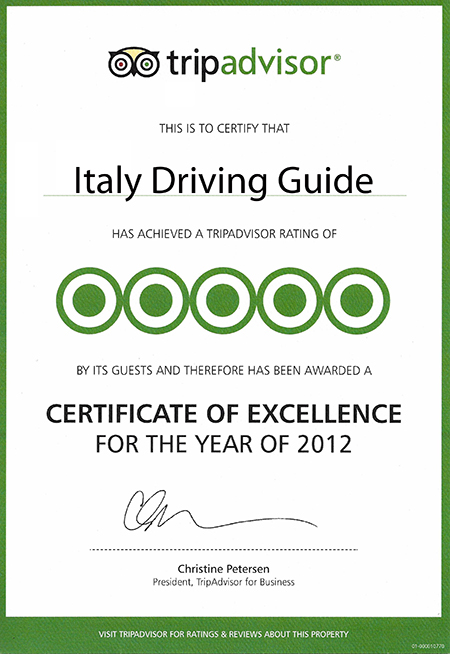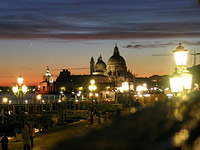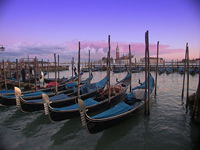- HOME PAGE
- ABOUT US
- TRANSFERS
- SIGHTSEEING
- DAY TRIPS
- SHORE EXCURSIONS
- ADDITIONAL SHORE EXCURSIONS
- OUTLET FACTORIES
- SICILY ISLAND
- VISIT YOUR PLACE of ORIGIN
- RATES
- GENERAL CONDITIONS
- CONTACT US
- BOOKING
- GUEST BOOK
- TELL TO YOUR FRIENDS
- SUGGESTED LINKS
- Write a review of italy driving guide
- Read reviews of Italy Driving Guide
 |

![]()
![]()
![]()
SIGHTSEEING of VENICE |
||||
 |
VENICE - Walking Tour with Licensed Guide 3 Hrs Walking Tour Including: St. Mark’s Square, Rialto Bridge, La Fenice Theatre |
|||
|
||||
| VENICE | ||||
|
Venice (Italian: Venezia, Venetian: Venesia or Venexia) is a city in northern Italy, the capital of the region Veneto, and has a population of 271,251 (census estimate January 1, 2004). Together with Padua, the city is included in the Padua-Venice Metropolitan Area (population 1,600,000). Venice has been known as the "La Dominante", "Serenissima", "Queen of the Adriatic", "City of Water", "City of Bridges", and "The City of Light". It is considered by many to be one of the most beautiful cities in the world. Venice is world-famous for its canals. It is built on an archipelago of 118 islands formed by about 150 canals in a shallow lagoon. The islands on which the city is built are connected by about 400 bridges. In the old center, the canals serve the function of roads, and every form of transport is on water or on foot. In the 19th century a causeway to the mainland brought a railway station to Venice, and an automobile causeway and parking lot was added in the 20th century. Beyond these land entrances at the northern edge of the city, transportation within the city remains, as it was in centuries past, entirely on water or on foot. Venice is Europe's largest urban car free area, unique in Europe in remaining a sizable functioning city in the 21st century entirely without motorcars or trucks. The gondola is a traditional Venetian rowing boat. Gondolas were for centuries the chief means of transportation within Venice and still have a role in public transport, serving as traghetti (ferries) over the Grand Canal. Their primary role, however, is to carry tourists on rides at established prices. Piazza San Marco, often known in English as St Mark's Square, is the principal square of Venice. The buildings around the Piazza are, counter-clockwise from the Grand Canal, the Doge's Palace, St Mark's Basilica, St Mark's Clocktower, the Procuratie Vecchie, the Napoleonic Wing of the Procuraties, the Procuratie Nuove, St Mark's Campanile and Loggetta and the Biblioteca Marciana. Most of the ground floor of the Procuraties is occupied by cafés, including the Caffè Florian The Rialto Bridge (Italian: Ponte di Rialto) is one of the four bridges spanning the Grand Canal in Venice. It is the oldest bridge across the canal and probably the most famous in the city. Bridge of Sighs (Italian: Ponte dei Sospiri) is one of many bridges in Venice. It's made of white limestone and has windows with stone bars. It passes over the Rio di Palazzo and connects the old prisons to the interrogation rooms in the Doge's Palace. It was designed by Antoni Contino (whose uncle Antonio da Ponte had designed the Rialto Bridge), and built between 1600 and 1603. |
|||
